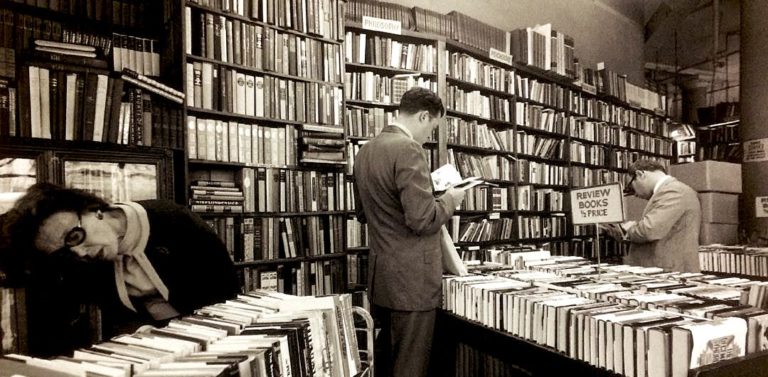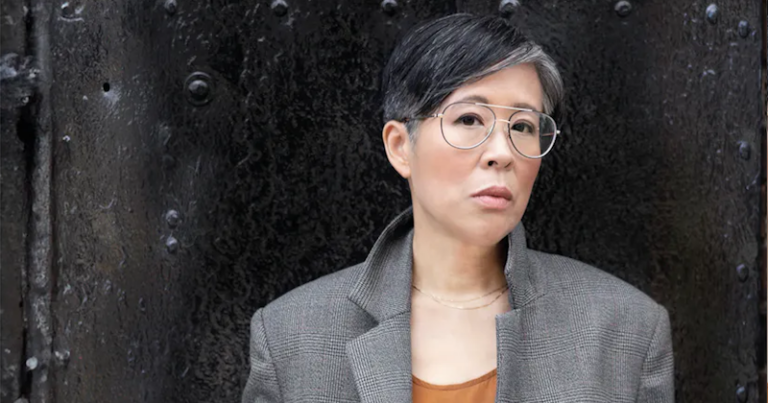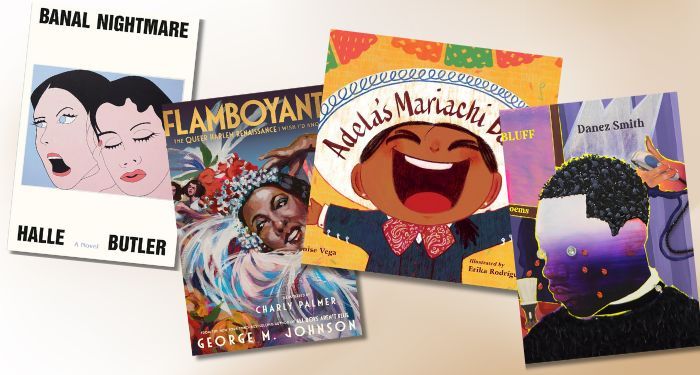By Oscar Mardell.

Jen Calleja, Goblinhood: Goblin As A Mode (Rough Trade Books, 2024)
At the outset of ‘Green: On Emblematic Emerald’, the first of the six, brilliant essays in Goblinhood: Goblin as a Mode, Jen Calleja describes a ‘game-for-one’ inspired by the Ornament Room in Walter Murch’s Return to Oz (1985):
I always look for green objects in charity and antique shops. It’s a particular kind of green I have in mind, a kind of deep jade, or, if made of glass or plastic, emerald. It’s so I have one particular thing to search for among the junk rather than aimlessly browsing; it’s a microcosm of how I experience the whole world all at once and often need a key to navigate it.
The rest of the essay reads like a scaled-up version of this game. Shaken by the loss of her mother, by the coronavirus pandemic, and by ‘the constantly rising threat of climate crisis,’ Calleja attempts to negotiate the world itself by treating it like a giant charity shop and scouring it for ‘green objects’ – from King Charles’ appropriations of Green Man iconography to an avocado bathroom suite, from Marie NDiaye’s 2005 novella Autoportrait en vert to Kermit the Frog’s ‘It’s Not Easy Being Green’. The initial attempt, however, appears to end in failure: ‘Green’ concludes with Calleja stopping before a shopfront in Hastings and lamenting, ‘Of the dozens of green objects in the window, not a single one was perfect. I continue to wait for a sign from the universe that I should return to the world’. Nevertheless, it goes on to provide Goblinhood with its modus operandi: over the five essays and seven poems which follow, Calleja proceeds to rifle through television, film, the internet, art, literature, and herself, not just for green things in general but for goblins and the goblinesque in particular. Here, the goblin isn’t simply Calleja’s subject but her thread through the maze, her guide to a world experienced ‘all at once’.
Of course, that world is a very familiar one. Goblinhood offers an acutely-observed depiction of an over-mediated cultural landscape that has become resistant to hierarchy and compartmentalisation. In Calleja’s hands, the public (celebrity gossip) blurs into the private (being pressured to strip by a boyfriend’s friend) and into the publicly-private (David Bowie’s widely-known but rarely-discussed penchant for underage girls). The persistent (the Medusa myth) spills over into the ephemeral (everyday conversations) and into the persistently ephemeral (throwaway videos that last forever online). Trash media (meme culture) melds with High Art (Philip Guston) and with trash-as-art (Tracy Emin’s My Bed). Even the horrifically real (the genocidal siege on Palestine) oozes into the virtual (social media), into the make-believe (hand puppets), and eventually into the dizzying maelstrom between the three (viral videos of Palestinian child-survivors narrating their trauma to marionettes). But the way through it all is eventually led by goblins. The collection’s final essay, ‘Grotto: on Home, Depression, and Grief’ concludes with these words:
On a recent trip to Greece, I saw small ancient sculptures who were that perfect green I’ve always been seeking: bronze turned green through oxidation, their surfaces bubbly and Gremlin-esque like watered Mogwai; the green of a transformation, the green of a chemical reaction from exposure to air and water.
I’ve erased my years-old playlist. I’ve sent up a flare to get help to find my way out of these caves. I’m going to turn off the TV, get off my computer, put my books away, tidy the house, fill a sack for the charity shop, go outside, walk along the beach, once more make the whole world my kingdom…
Destroy Grotto, Forgive Self
In December 2022, ‘goblin mode’ was named Oxford Word of the Year. ‘Coincidence?’ asks Calleja. Perhaps not, given the goblin’s unrivalled aptitude for bog trotting, for making it out of the quagmire.
Much of this aptitude comes down to the fact that goblins are extremely hard to pin down. Just prior to ‘Green’, Calleja explains:
Defining a goblin is tricky: ‘they are ascribed conflicting abilities, temperaments, and appearances depending on the story’ and can be anything from ‘household spirits to malicious, bestial thieves’, often having ‘magical abilities similar to a fairy or demon, such as the ability to shapeshift’. How would I define “goblin”? I, like many others, consider it an umbrella term. Anything that behaves mischievously and in its own best interest, that is bold and all body, could be a goblin. We can also be made into goblins, stalked by goblins, whether we like it or not. Some things are out of our control.
True, a fair bit gets included under this umbrella term. ‘All puppets are goblins,’ declares Calleja at one point in the collection. Elsewhere she insists that ‘clowns are goblins,’ that ‘Steve [from the NBC series Hannibal] is a goblin,’ and (my personal favourite) that ‘AI is a goblin’. But this, of course, is the secret to the collection’s success. Goblins can be turned into the key to everything, but only because they were already all-inclusive. The result is something akin to Philip Roth’s Portnoy’s Complaint or Katharina Volckmer’s The Appointment: a virtuoso exercise in free-association – only the speaker is racked not by sexual anxiety or Kollektivschuld but by X and Netflix.

ABOUT THE REVIEWER
Oscar Mardell is a teacher and writer from Tāmaki Makaurau / Auckland. He is the author of Delirious New Lynn, forthcoming from 5ever Books.












 Bengali (Bangladesh) ·
Bengali (Bangladesh) ·  English (United States) ·
English (United States) ·